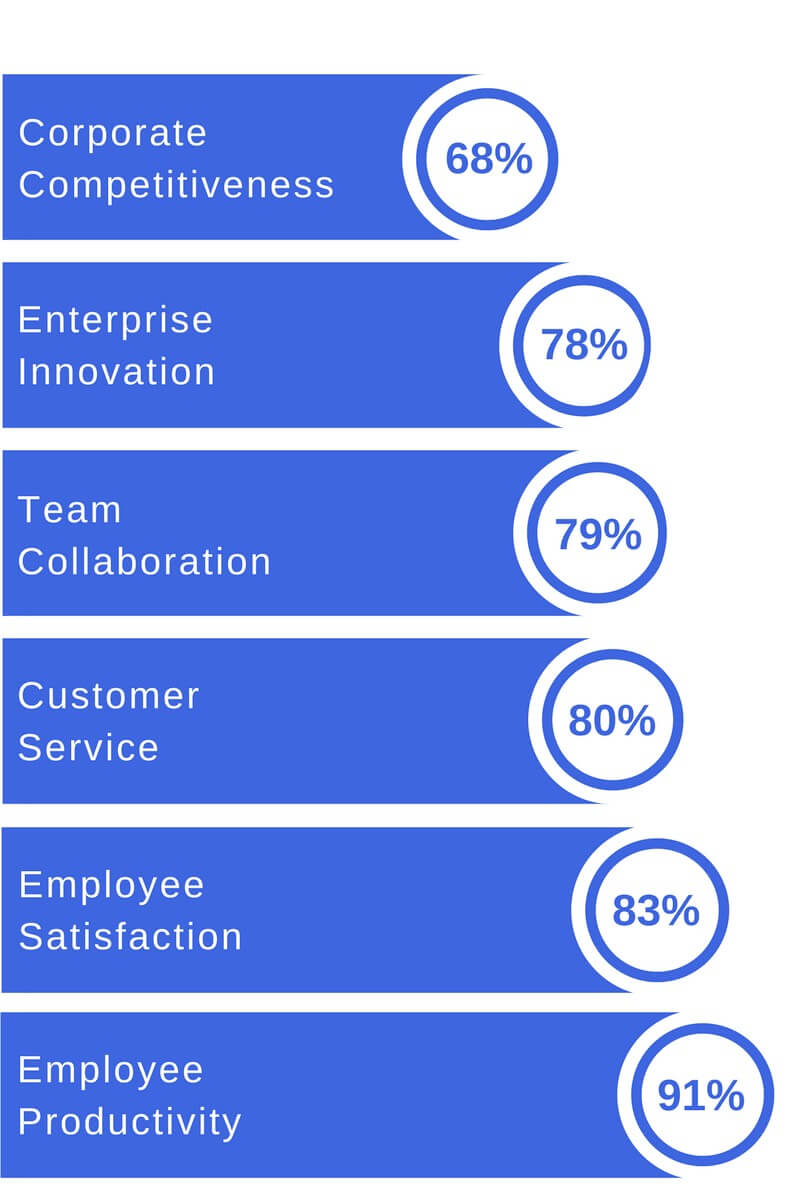The trend for “Bring Your Own Device” has been escalating for years among early adopters.
Now that two thirds of Britons own a smartphone — almost every person under 60 — BYOD is a real prospect for any business.
Here are five tips for SMEs considering BYOD:
1. Secure buy-in from support staff
Whether your support staff is a crack team, or one part-timer, you need to get them on board before implementation. Setting up smartphone services is straightforward, but replacing work computers with personal laptops requires some brainstorming.
Research from Trustmarque has shown that 81% of CIOs believe the IT workload is increasing. Implementing BYOD can be an important part of reducing their burden.
Technical staff will answer the vital questions — what level of support they can offer, and which devices are compatible.
2. Brief new users on security
Data security is a big concern for all of us, but breaches are almost always preventable.
If your staff are going to access sensitive data on a personal device, they’ll need a security refresher course. By helping them to set up extra layers of protection, you’ll avoid the ‘rookie mistakes’ that land businesses in hot water.
The good news for the IT department is that BYOD staff report 40% fewer technical issues, because they’re already familiar with their devices.
Technical staff should establish a guaranteed security requirement that they can set up quickly and easily. But bear in mind that if a breach does occur, the device’s memory may need to be wiped — so backup those personal photos.
What benefits do BYOD adopters report?

3. Separate personal use from business use
Hopefully you can trust your staff to behave responsibly. That means no inappropriate websites, and keeping a professional tone when dealing with clients.
As for the device itself, it couldn’t be simpler to set up a single smartphone to send and receive calls from more than one number. That will help to keep the business and personal uses apart — it’s even possible to associate a computer or smartphone with a landline number.
Treat employees like adults, and they’ll act like adults (although a gentle reminder won’t hurt). It’s also worthwhile to invest in spare phone and laptop chargers, strictly for office use.
4. Offer an alternative
The business case for BYOD speaks for itself. The price difference between providing mobile and landline vs. one integrated smartphone is around £60 saving per head, per month.
Staff don’t want to juggle several phones either. It’s more convenient to use their own devices, especially if they can get some free technical support.
But when it comes to laptops and tablets, personal preference might mean businesses need to offer a ‘work only’ computer. Accounting for the people who aren’t interested, or who don’t own suitable devices, is an important part of your implementation.
5. Have a staff exit strategy
So, your staff have high-quality and affordable devices; you’re savings buckets of money; your technical people have one less thing to worry about. Job done? Well, nearly.
The last thing to plan for is what happens when staff leave. With a service like CircleLoop, admins can add or remove users remotely, in a couple of clicks — there’s nothing easier.
But if your users have database access or specialist software downloaded, you need to be very sure that you can remove it before they go.
Data retrieval must become a part of your exit process — otherwise businesses risk compromising security or continuing to pay for unused subscription services.
With CircleLoop, you can add or remove users at any time. And because there is no contract, you’ll never pay for a single second more than you use.
Get in touch today to discover how your team can benefit from CircleLoop.
.png)


